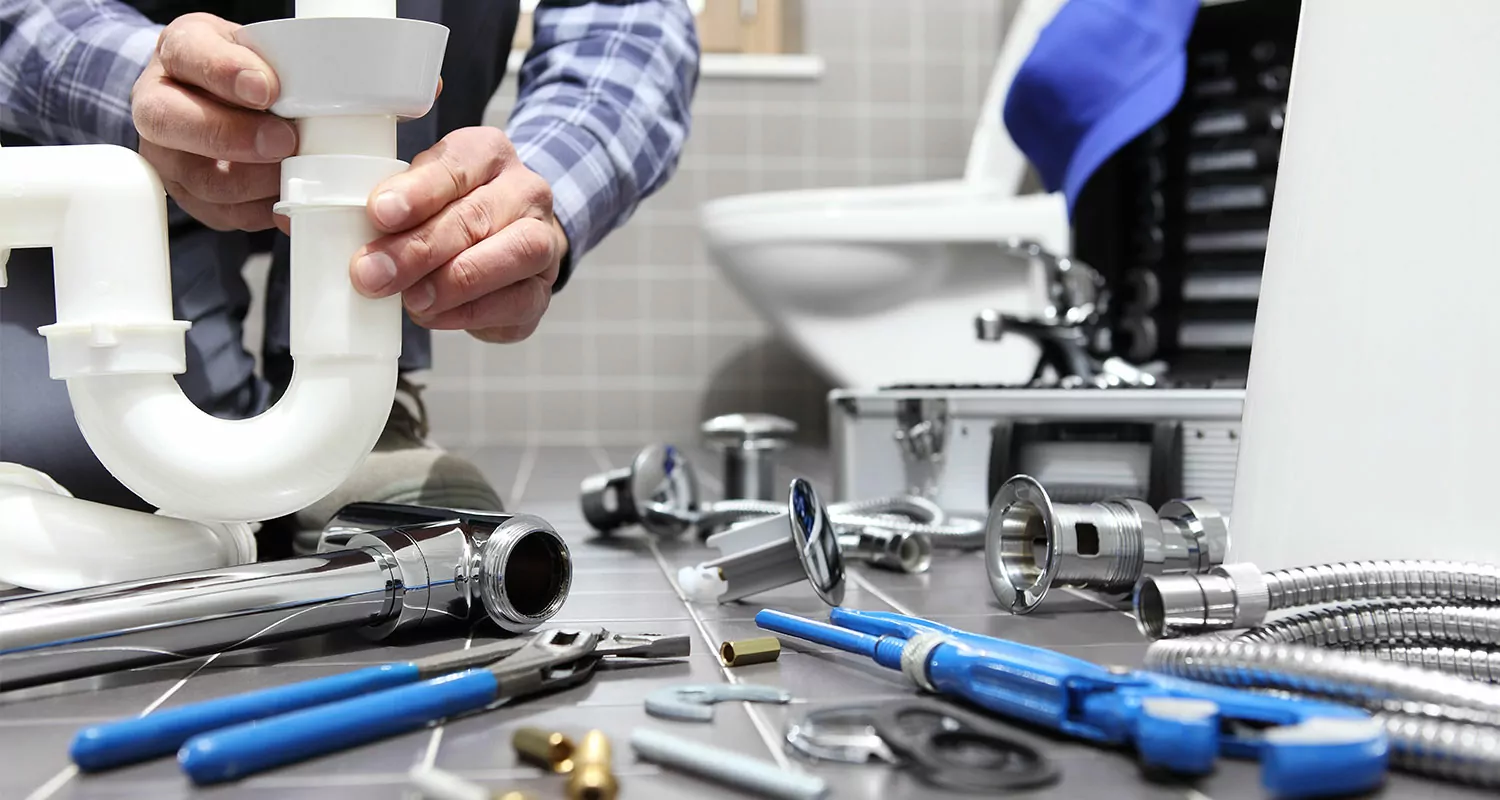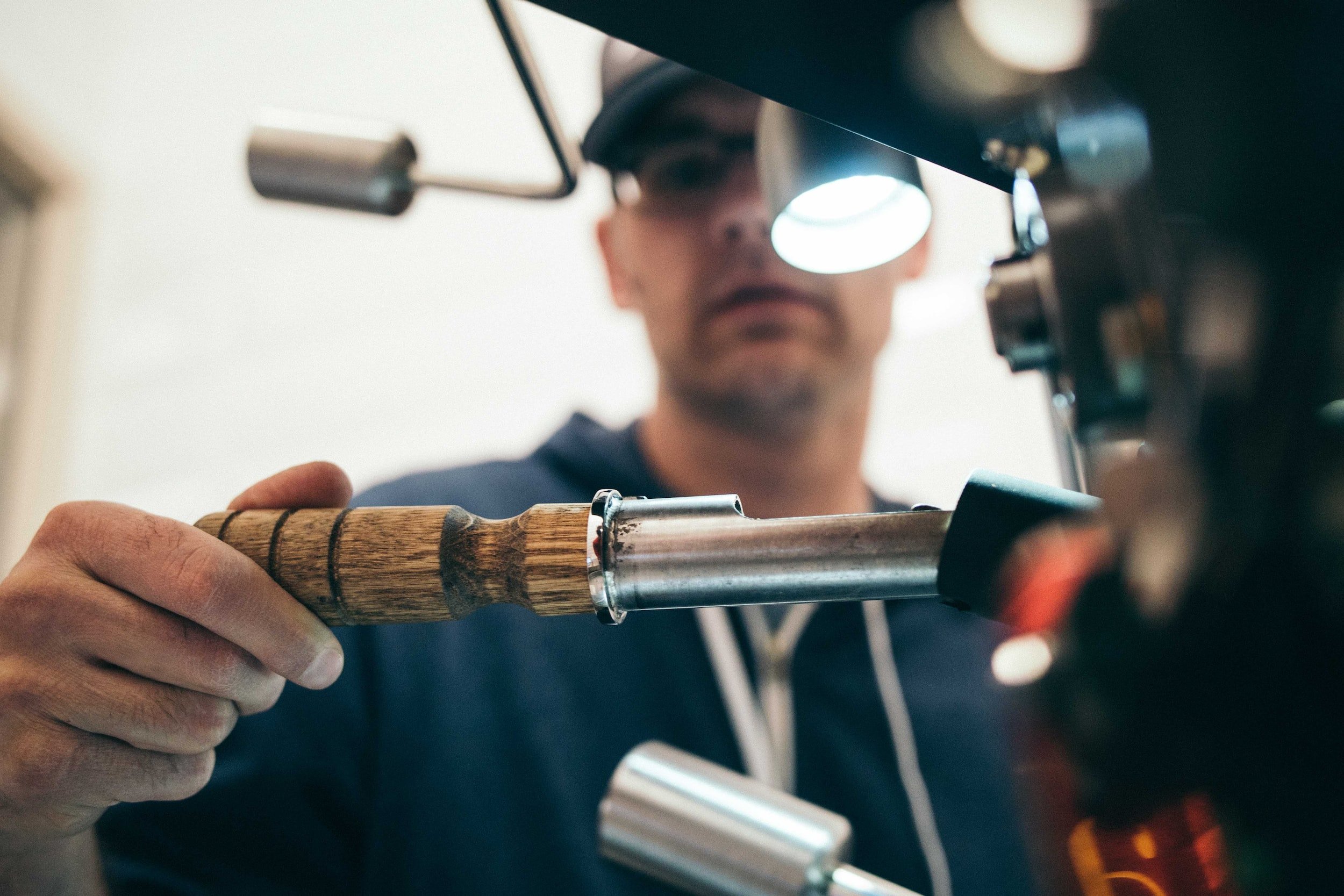Are you interested in selective information on The Future of Plumbing: Trends and Innovations to Watch?

Introduction
The pipes market is undergoing a transformative stage driven by technological improvements and growing concerns for sustainability and performance. This post explores arising trends and technologies forming the future of pipes.
Regulatory Landscape
Governing frameworks play an important duty fit the fostering of plumbing advancements, with criteria and codes governing whatever from water effectiveness to item security. As modern technologies remain to evolve, governing bodies have to adapt to make certain customer defense and ecological stewardship.
Future Expectation
The future of plumbing is characterized by proceeded innovation and assimilation with various other industries such as IoT, renewable energy, and structure automation. By welcoming sustainable techniques, leveraging emerging modern technologies, and prioritizing user-centric layout, the plumbing market is positioned to deal with the evolving requirements of culture while reducing its environmental footprint.
Enhanced Fact in Pipes
Increased Truth (AR) modern technology is reinventing pipes by providing technicians with real-time visual assistance for repairing and repair service tasks. AR-enabled smart glasses or mobile applications overlay digital information onto the physical environment, helping plumbing technicians picture pipe layouts, recognize concealed leakages, and carry out repair services with precision.
Effect of 3D Printing
The introduction of 3D printing has actually presented new opportunities in manufacturing plumbing elements. From custom-made components to complex pipeline installations, 3D printing permits rapid prototyping and on-demand production, lowering preparations and making it possible for greater modification in plumbing layout.
Health and Safety Characteristics
In response to heightened problems for health and safety, pipes components are including attributes such as antimicrobial surface areas, touchless operation, and self-cleaning mechanisms. These developments not just improve health however also advertise individual convenience and ease.
Hygiene-focused Fixtures
Touchless taps, self-sanitizing toilets, and antimicrobial surface areas are becoming significantly prevalent in household and industrial setups, minimizing the danger of bacterium transmission and advertising a cleaner, much healthier environment.
Water Quality Tracking
Advancements in water high quality tracking modern technologies make it possible for house owners to keep track of the pureness and security of their water supply in real-time. Smart water high quality sensing units can identify contaminants, pH degrees, and temperature variations, empowering customers to take positive steps to ensure water safety.
Remote Plumbing Providers
Remote diagnostics and virtual aid are changing the way pipes solutions are supplied. Through video conferencing and remote accessibility innovations, plumbing technicians can repair issues, offer advice for DIY repair work, and even carry out remote examinations, offering greater ease of access and comfort to house owners.
Obstacles and Opportunities
While pipes innovations hold immense assurance, they additionally present obstacles such as data personal privacy worries, regulative compliance, and the demand for workforce training. Resolving these challenges calls for collaboration between industry stakeholders and regulatory bodies to ensure risk-free and responsible execution of brand-new modern technologies.
Smart Pipes Systems
Incorporating wise innovation into plumbing systems enables remote monitoring, leakage detection, and automated maintenance. Smart sensors and IoT (Internet of Things) devices allow house owners and plumbing technicians to keep track of water use and identify problems in real-time, resulting in extra effective resource administration and proactive upkeep.
Water Efficiency Solutions
With raising emphasis on water preservation, ingenious solutions are being developed to reduce water wastefulness in plumbing systems. High-efficiency components, greywater recycling systems, and smart irrigation controllers are among the technologies assisting customers decrease their water footprint while maintaining convenience and ease.
Sustainable Materials
The shift in the direction of sustainability reaches plumbing materials, with a growing choice for eco-friendly choices. Eco-friendly piping materials, such as PEX (cross-linked polyethylene) and HDPE (high-density polyethylene), offer sturdiness and resistance to corrosion without jeopardizing environmental honesty.
Predictive Maintenance
Anticipating upkeep strategies leverage information analytics and machine learning formulas to anticipate and avoid pipes problems prior to they happen. By examining historic data and efficiency metrics, anticipating upkeep algorithms can recognize patterns and abnormalities, allowing positive treatments to avoid expensive repair work and disturbances.
Conclusion
To conclude, the future of plumbing is defined by a convergence of modern technology, sustainability, and user-centric layout. By welcoming wise solutions, lasting materials, and aggressive maintenance techniques, the plumbing market can enhance performance, advertise security, and add to an extra sustainable future.
Plumbing Industry Trends You Need To Know
Smart technology in plumbing
Homeowners want to be able to manage their homes from their phones. The technology exists to make that happen. From smart toilets to leak detector devices, the whole plumbing system can be managed on an interconnected network made up of sensors, IoT devices, and machine learning algorithms.
This allows for wireless control to turn appliances on and off, automate routines, and access advanced monitoring to track water usage and flag potential issues. Smart technology streamlines water consumption, maintenance and energy usage, creating a more efficient system.
Green plumbing
The data analysis possible with smart technology not only improves convenience and cost-effectiveness but also fulfills a high-priority customer desire – sustainability. Consumers are very aware of their impact on the planet and want plumbing solutions to reduce damage and support sustainability. Eco-friendly plumbing solutions are already starting to emerge.
Customers can opt for low-flow toilets, water-saving faucets, and connections to sustainable energy sources. Beyond monitoring water consumption, customers can conserve water through the installation of greywater systems. This is a system that collects water that has been used but is still clean enough for some household uses such as toilet flushing.
Shorter product pipeline
To keep up with modern plumbing, plumbers need modern tools that enable them to complete jobs more efficiently. One technology making strides in this area is 3D printing. By 3D printing key plumbing fixtures, plumbers can reduce wait times even for specialized fixtures. It minimizes delays often seen in traditional manufacturing that frustrate customers and prevent plumbers from taking on more work.
Off-site repairs
Augmented reality is making a splash in many industries including plumbing. Plumbers can map a building online so they can explore the plumbing system through augmented reality, identifying areas of maintenance and repair completely digitally. This technology can be applied quite widely in plumbers’ work including planning installations and training new recruits. It’s safer, smarter and more efficient.
Low-footprint materials
Another way for plumbing companies to reduce their environmental footprint and meet the customer demand for sustainability is by using recycled materials in their work. The products they source and manufacture such as pipes, fixtures and faucets can be made from recycled materials. This saves the planet while being just as effective.
Onsite water purification
Additionally, plumbing companies can be advocates of water conservation and ease the financial and environmental concerns of customers by offering water purification systems. New water purification technology such as reverse osmosis systems and UV systems make it possible for homeowners and business owners to thoroughly cleanse water, removing contaminants onsite. This means the water can be safely reused in more ways than greywater can be, establishing a water recycling loop.
Tankless water heaters
Another innovation of modern plumbing is tankless water heaters. The idea is that the water is heated on demand as it runs through the system instead of being heated in a water tank. This is more energy efficient and therefore cost-effective and eco-friendly because water isn’t heated needlessly.

I'm just very serious about and I'm hoping you enjoyed reading the article. Feel free to pause to share this blog posting if you appreciated it. Many thanks for your time invested reading it.
Schedule Free Estimate